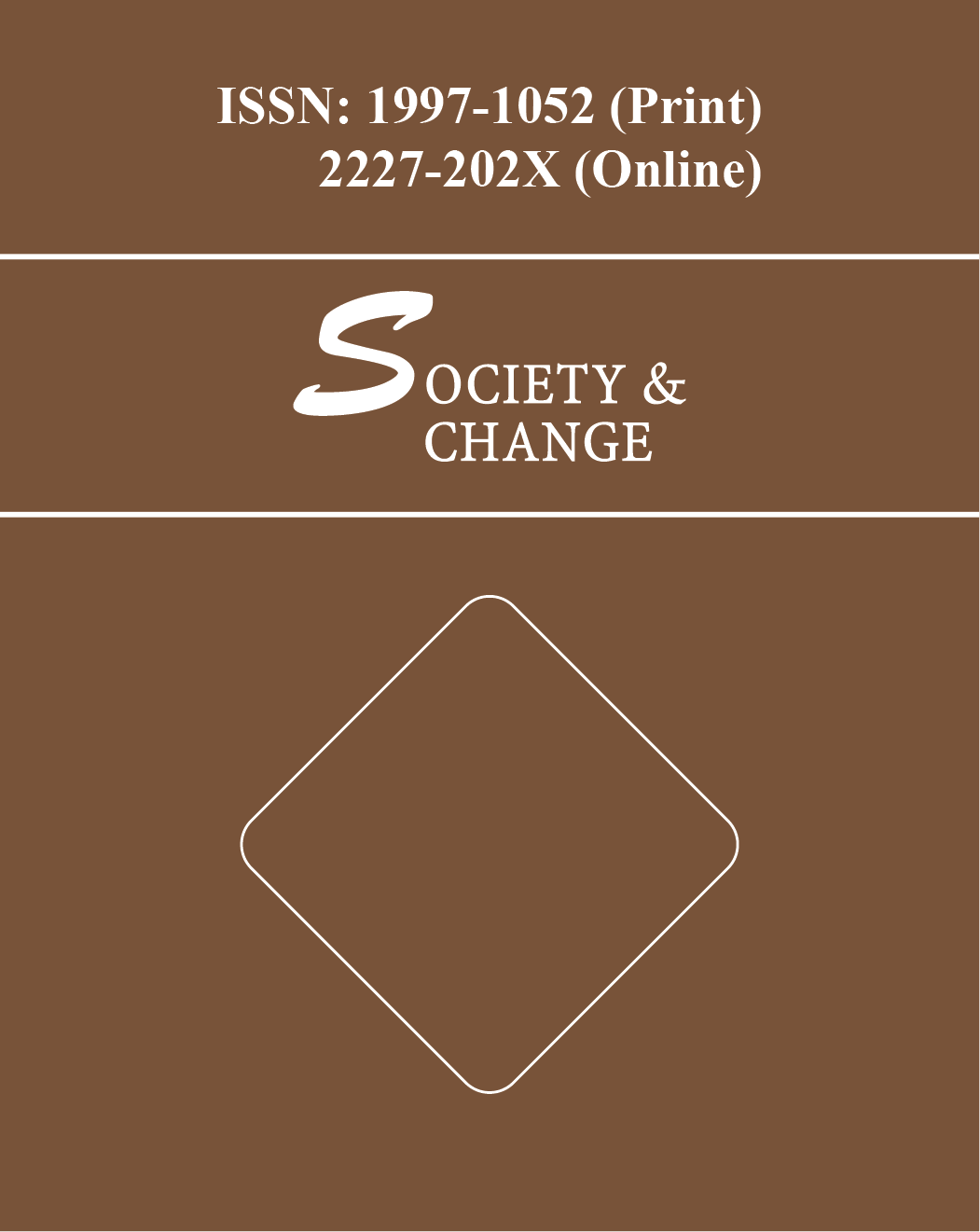To understand “post-modernism”, we need to understand first – what is “modern”, and what is “modernism”?
The word "modern" refer, generically, to the contemporaneous. In that sense, everything done at a given time, all is modern at the time it is done. In his Il Libro dell'Arte (translated as "The Craftsman's Handbook") in 1437, Cennino Cennini explains that Giotto made painting "modern"1. Giorgio Vasari writing in 16th-century Italy refers to the art of his own period as "modern."
However, as a phenomenon, modernism does not simply mean to be contemporaneous. It is more than that – and actually, in a post-modernist context, not even that. Modernism is an outcome of the philosophy of modernism which gives its aims and goals. This philosophy is the shaper of the modern period of European – and thereby, Western – history and society. This Western “modern” period began with the Renaissance.
1 For references used for various information given in this paper, please See: Joan DeJean, Ancients against Moderns: Culture Wars and the Making of a Fin de Siècle,, Chicago: University of Chicago Press, 1997. Suzi Gablik, Has Modernism Failed? New York: Thames & Hudson, [1984] 1986. Charles Jencks, Post-Modernism: The New Classicism in Art and Architecture, New York, 1987. Christopher L.C.E. Witcombe , “Modernism” in What is Art?...What is an Artist? (1997) Also: Leone Battista Alberti, On Painting and On Sculpture, ed. and trans. Cecil Grayson, London, 1972; Alberti, Art and Its Significance: An Anthology of Aesthetic Theory, ed. Stephan David Ross, Albany: State University of New York Press, 1984. Moshe Barasch, Theories of Art from Plato to Wincklemann, New York: New York University Press, 1985. Michael Baxandall, Painting and Experience in Fifteenth-Century Italy. 2nd ed., Oxford: Oxford University Press, 1992. Hans Belting, The End of the History of Art? trans. Christopher S. Wood, Chicago: University of Chicago Press, 1987. Anthony Blunt, Artistic Theory in Italy 1450-1600, Oxford: Clarendon, [1940] 1956. Victor Burgin, The End of Art Theory, Atlantic Highlands, NJ: Humanities International Press, [1986] 1988. L. B. Cebik, Nonaesthetic Issues in the Philosophy of Art, New York: Edwin Mellen Press, 1995. Cennino Cennini, The Craftsman's Handbook: Il Libro dell'arte, trans. D. V. Thompson, Jr., New York, 1933. Bruce Cole, The Renaissance Artist at Work, New York: Harper and Row, 1983. Arthur C. Danto, After the End of Art: Contemporary Art and the Pale of History, Princeton: Princeton University Press, 1997. Samuel Y. Edgerton, Jr., The Heritage of Giotto's Geometry: Art and Science on the eve of the Scientific Revolution, Ithaca: Cornell University Press, 1991. Suzi Gablik, The Reenchantment of Art, New York: Thames and Hudson, 1991. Robert Goldwater and Marco Treves, eds., Artists on Art, New York: Pantheon, 1945. Ernst H. Gombrich, 'The Renaissance Conception of Artistic Progress and its Consequences', in Norm and Form: Studies in the Art of the Renaissance, London, 1971, pp. 1-10. Charles Harrison and Paul Wood, eds., Art in Theory 1900-1990, Oxford: Blackwell, [1992] 1993. Hegel's Philosophy of Fine Art: Introduction. Trans. by Bernard Bosanquet. London: Kegan Paul, Trench, Trübner, 1905. Hugh Honour, Romanticism, London: Penguin, 1979. Kant's Critique of Judgement. Trans. by J. H. Bernard. London: Macmillan, 1914.



 INSEARCH 2025: 10th International Integrative Research Conference on Governance in Society, Business and Environment
INSEARCH 2025: 10th International Integrative Research Conference on Governance in Society, Business and Environment